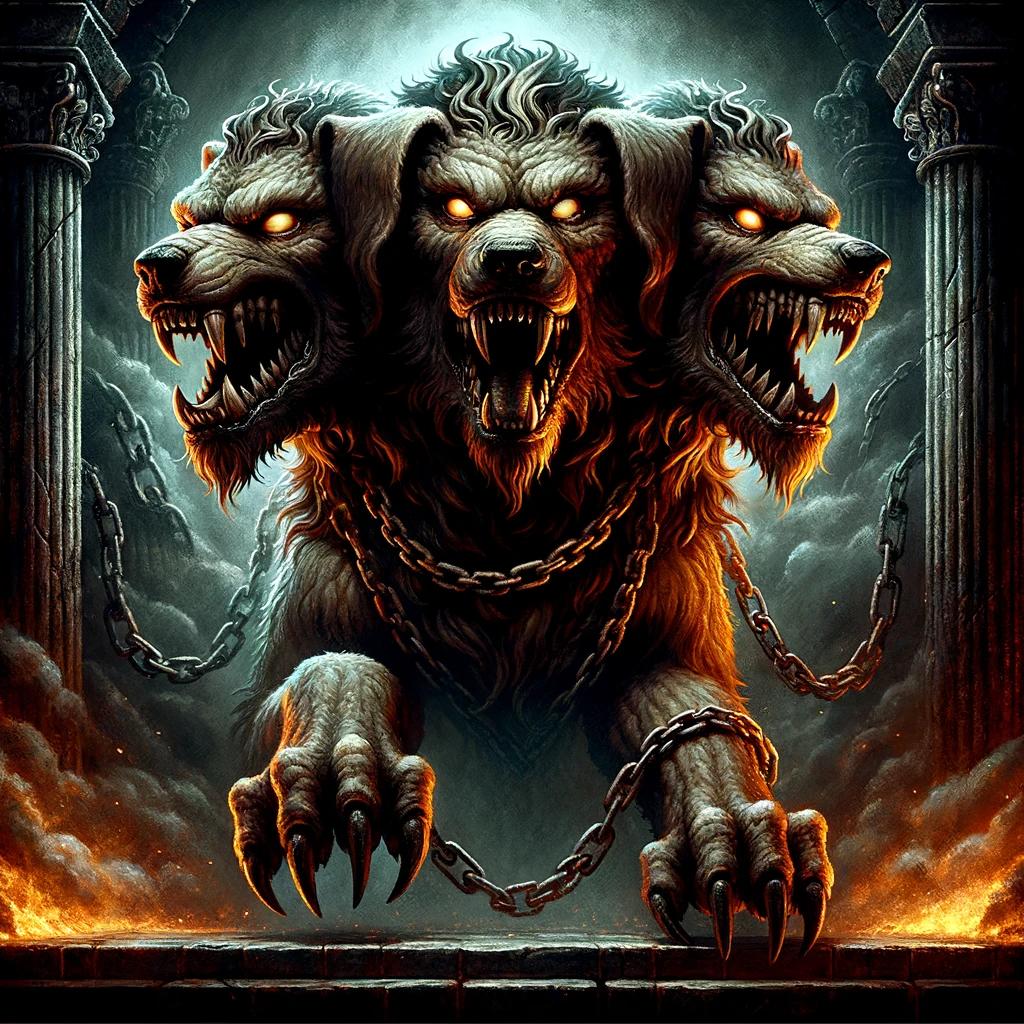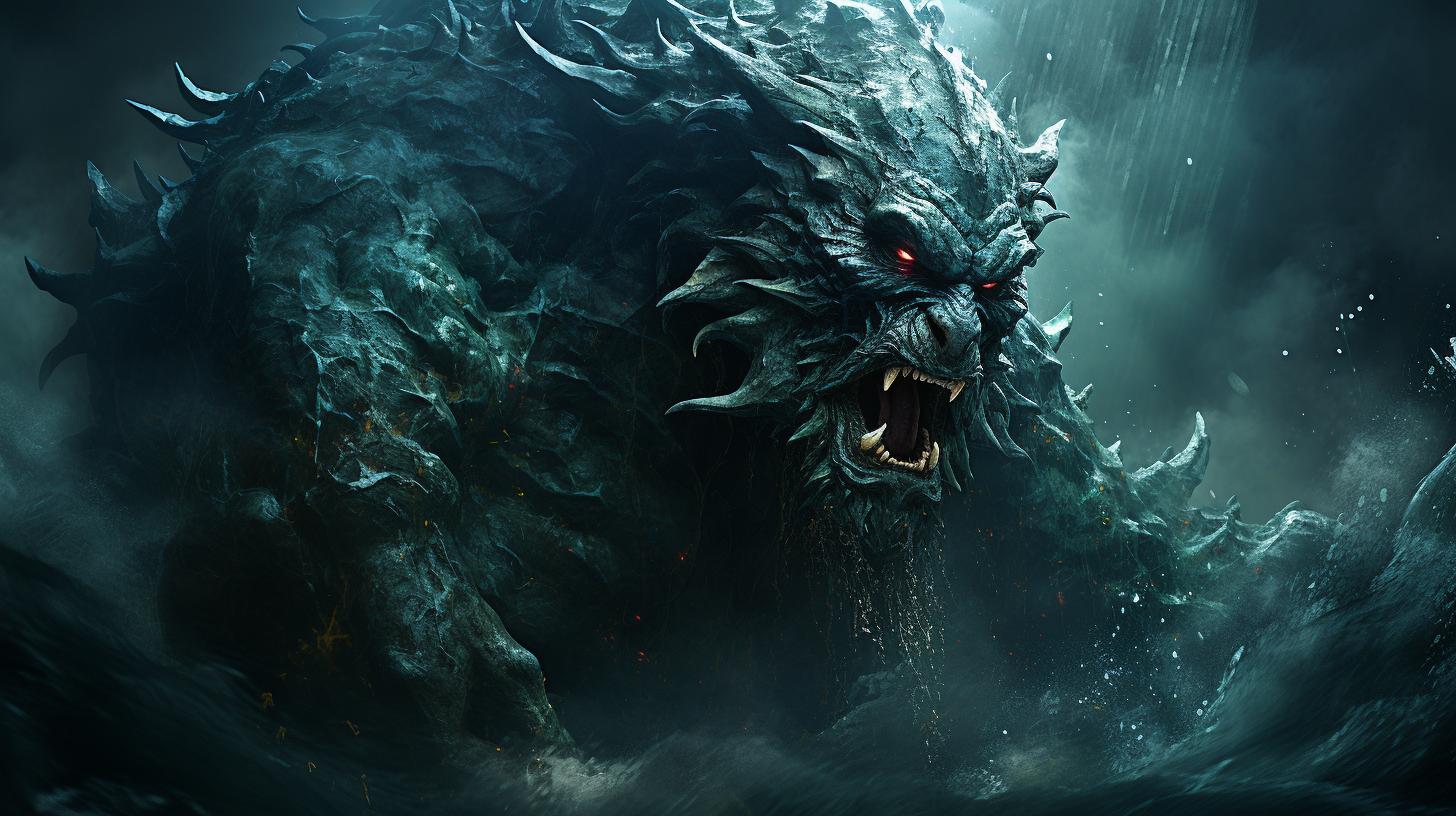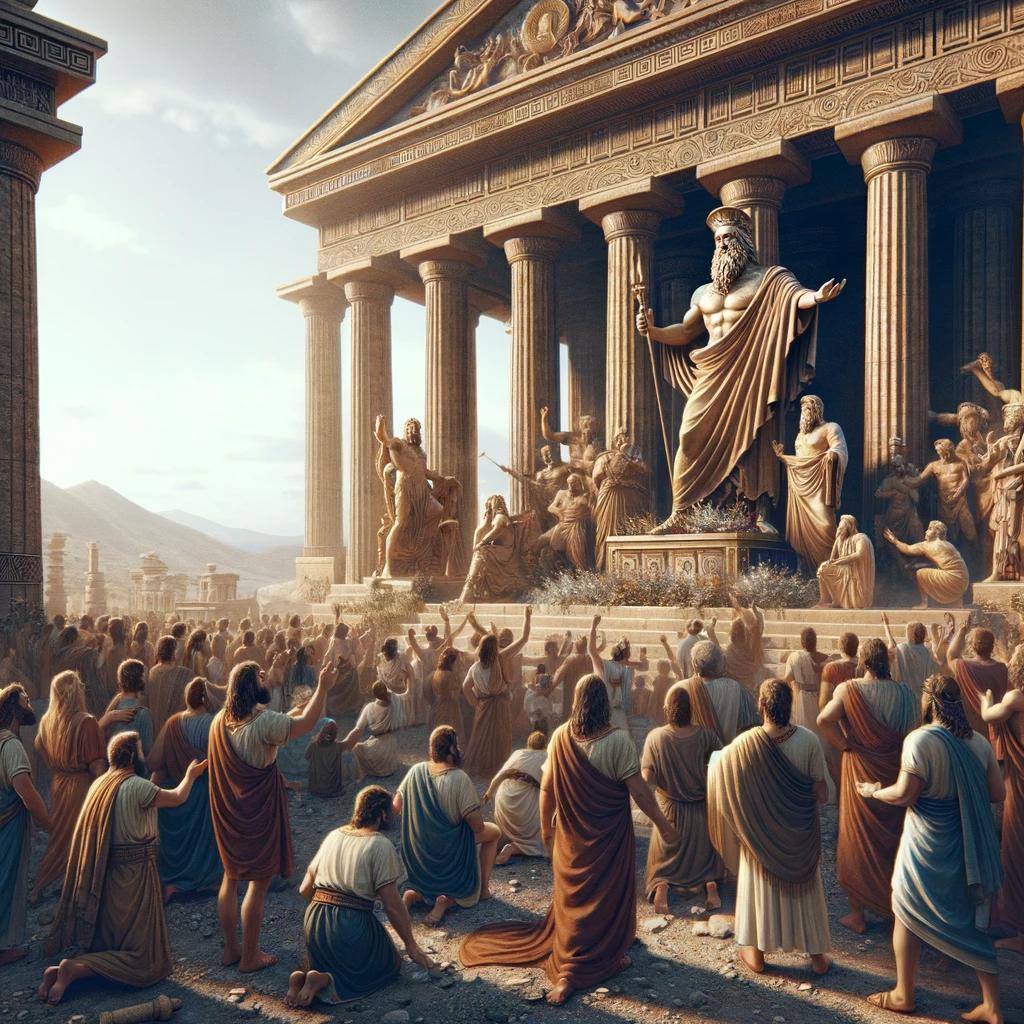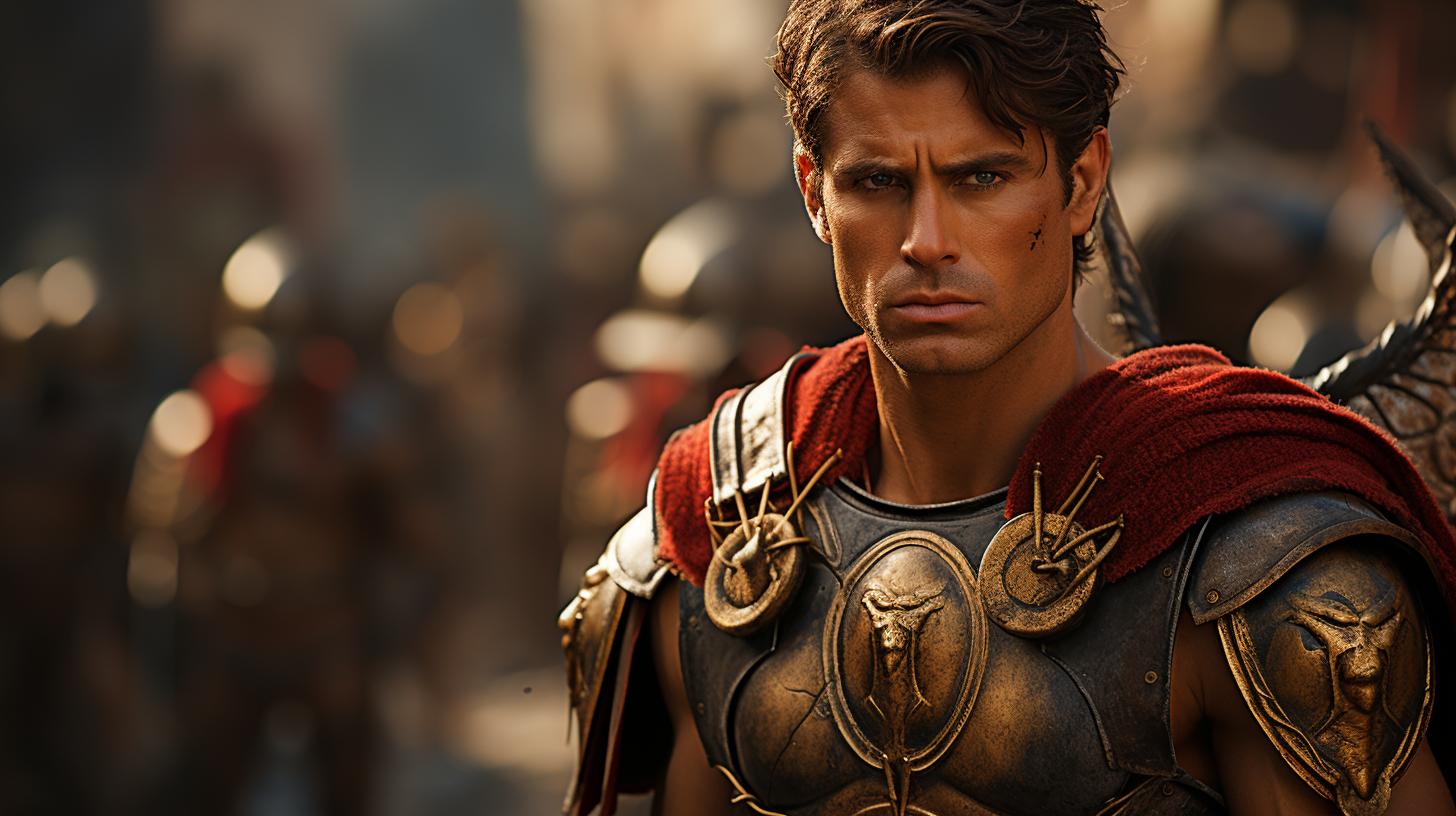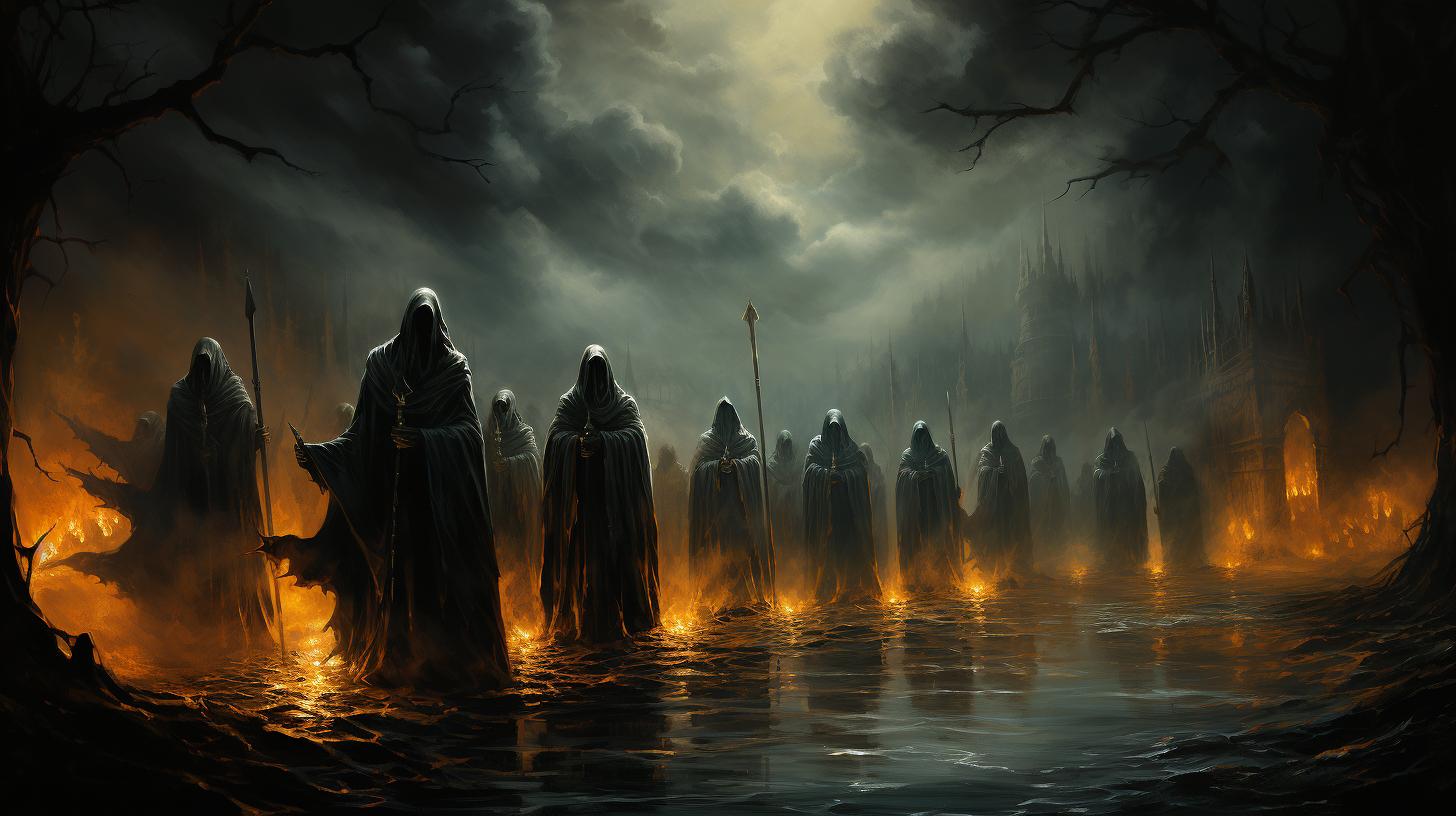Centaurs in Greek Mythology: A Fascinating Exploration of Half-Human, Half-Horse Creatures
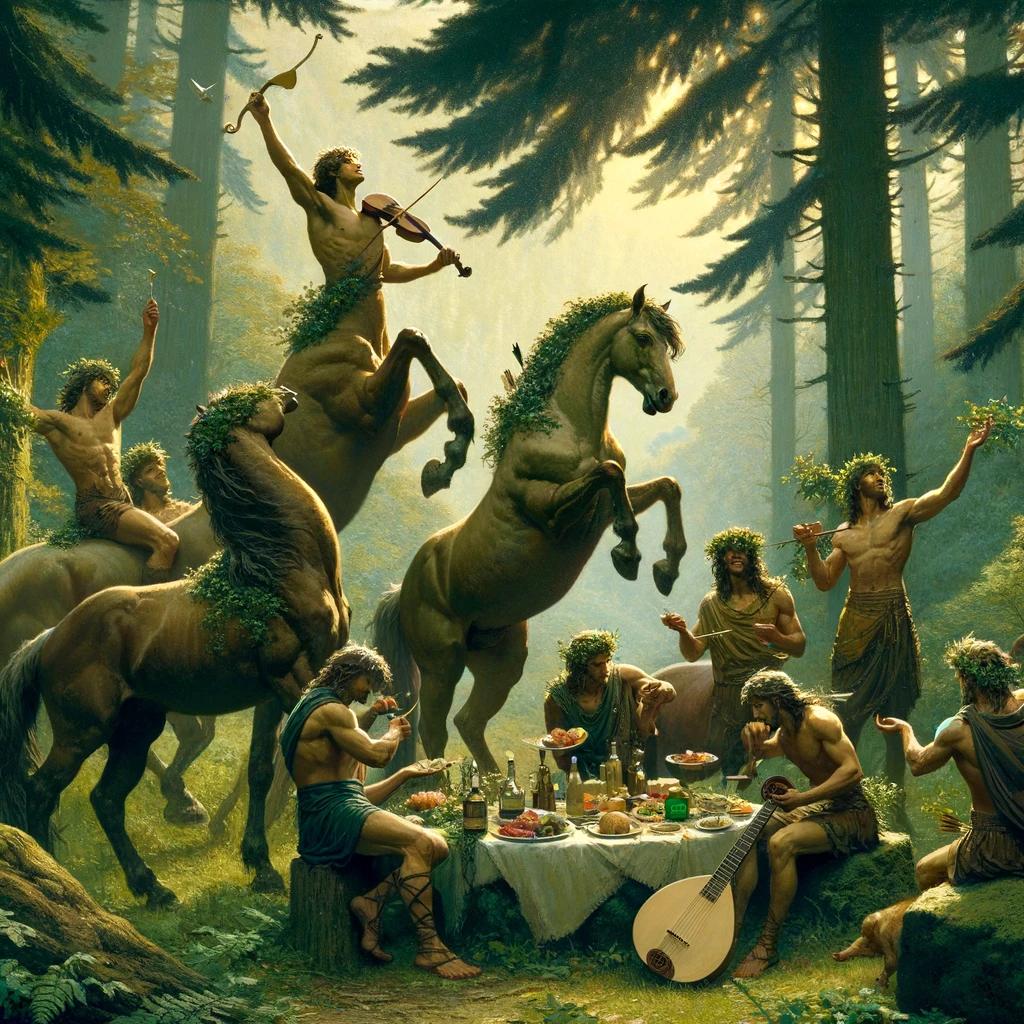
Centaurs, the half-human, half-horse creatures of Greek mythology, have long captivated our imagination. With origins rooted in myth and legend, centaurs were known for their wild and barbaric nature.
Only one centaur, Chiron, stood apart with his wisdom and noble qualities. Female centaurs, known as centaurides, also held a mysterious allure. Centaurs played significant roles in Greek mythology, including their relations with gods and goddesses, and the infamous centauromachy, a battle between centaurs and the Lapiths.
Through ancient art and literature, we explore the symbolism and representations of these captivating creatures who continue to inspire contemporary culture.
Centaurs in Greek Mythology: Exploring the Fascinating Half-Human, Half-Horse Creatures
Welcome to our exploration of centaurs in Greek mythology.
These mythical creatures, with their unique combination of human and horse, have captivated the imagination for centuries. Let’s dive into their origins, their physiology, their society, and the remarkable centaur known as Chiron.
The Origins of Centaurs: Myths and Legends
In Greek mythology, various stories exist about the origins of centaurs. One account suggests that they were descendants of Íxion and the cloud nymph Néfele, created by Zeus. Another tale claims that they were the offspring of the original centaur, who mated with Magnesian mares.
Some even assert the existence of a different tribe of centaurs in Cyprus, conceived by Zeus himself.
Centaur Physiology: The Merge of Human and Horse
The centaur’s unique physiology combines the upper body of a human with the lower body of a horse. These fantastical creatures were depicted in ancient art as having a complete horse body from the waist down.
They were often shown wielding branches of trees as weapons, emphasizing their primal and untamed nature.
Centaur Society: Wild and Barbaric Beings
In Greek mythology, centaurs were portrayed as wild and barbaric beings, controlled by their primal instincts and passions. They inhabited the mountains of Thessaly and Arcadia, engaging in hunting and intertribal skirmishes.
However, one centaur stood apart from the rest:
Chiron: The Wise and Noble Centaur
Chiron, born to Cronus and the nymph Filira, was unlike other centaurs. He was renowned for his wisdom, kindness, and mentoring abilities, serving as a revered teacher to numerous Greek heroes, including Jason and Achilles.
Chiron’s exceptional qualities differentiated him from the savage nature commonly associated with his half-human, half-horse counterparts.
Join us in our exploration of centaurs in Greek mythology as we delve deeper into their enchanting stories, their interactions with gods and humans, and their timeless significance in art, literature, and culture.
Centauride: The Enigmatic Female Centaurs
The existence of female centaurs in Greek mythology has intrigued scholars and captivated imaginations. While male centaurs often take center stage, the presence of centaurides, as they are known, brings a unique and enigmatic dimension to the world of half-human, half-horse creatures.
The Existence of Female Centaurs in Greek Mythology
In Greek mythology, centaurides were depicted as part-woman and part-horse, sharing similarities in appearance and characteristics with their male counterparts. These captivating beings were representative of the duality of the human and equine worlds, blurring the boundaries and challenging societal norms.
The tales of female centaurs are relatively scarce compared to male centaurs in Greek mythology. However, references to centaurides can be found in various ancient texts and artwork, hinting at their existence and significance within the mythological narratives.
Centaurides in Literature and Art
Despite the limited textual references, centaurides have managed to make their mark in literature and art. Their presence can be found in various ancient Greek artworks, such as pottery and sculptures, showcasing their unique blend of human and equine features.
These artistic representations offer glimpses into the allure and mystique surrounding the centaurides.
In literature, centaurides often appear as mysterious and alluring beings, embodying both beauty and power. They are sometimes portrayed as wise and seductive figures, capable of enchanting mortals with their charm and knowledge.
Through their interactions with other mythical creatures and heroes, centaurides play a significant role in shaping the narrative of Greek mythology.
The enigmatic nature of centaurides continues to inspire artists and writers in modern times, serving as a source of inspiration for contemporary interpretations of these exceptional beings in various forms of media.
In conclusion, the existence of female centaurs, or centaurides, in Greek mythology adds an intriguing layer to the already fascinating world of centaurs. These enigmatic beings have left their mark in ancient art and literature, provoking curiosity and capturing the imagination of those who delve into the realm of Greek mythology.
Centaurs in Greek Mythology: Their Role and Significance
In Greek mythology, centaurs played significant roles and held a particular symbolic significance. They were known for their relationships with gods and goddesses, their involvement in the famous Centauromachy, and their representation in ancient art.
Centaurs and Their Relations with Gods and Goddesses
Centaurs were often depicted interacting with various gods and goddesses in Greek mythology. Some centaurs were believed to have divine parentage or close connections with the gods, such as Chiron, who was known as the tutor of many Greek heroes including Jason and Achilles.
Other centaurs, however, were often portrayed as wild and unruly creatures who clashed with the divine world.
The Centauromachy: The Battle Between Centaurs and Lapiths
One of the most famous stories involving centaurs is the Centauromachy, which was the battle between the centaurs and the Lapiths. This conflict was sparked by the centaurs’ attempt to abduct the bride of Pirithous, a Lapith king.
The ensuing battle, led by the hero Theseus, showcased the clash between civilization and chaos, and it was eventually won by the Lapiths, expelling the centaurs from their territory.
Symbolism and Representation of Centaurs in Ancient Art
Centaurs held a strong symbolic presence in ancient art, representing the dual nature of humanity.
They were often depicted as half-human and half-horse creatures engaged in battles or hunting scenes. The centaurs’ portrayal in art emphasized their wild and untamed nature, highlighting the struggle between civilization and the primal instincts within individuals.
Throughout ancient Greek mythology, centaurs played crucial roles in representing the complexities of human nature, the clash between civilization and wilderness, and the ongoing struggles between gods and mortals.
The Centaur in Ancient Literature
The centaur, a captivating creature of Greek mythology, has left an indelible mark on ancient literature.
From the works of Homer and the epic tradition to the writings of Hesiod and Ovid, centaurs have played intriguing roles in these literary masterpieces.
Centaurs in the Works of Homer and the Epic Tradition
In Homer’s epic poems, such as the Iliad and the Odyssey, centaurs make notable appearances, showing their prowess in battle and their wild nature.
In the Iliad, they are depicted as fierce warriors, engaging in combat alongside the Greek heroes.
Centaurs also feature prominently in other epic traditions. In the Argonautica by Apollonius of Rhodes, centaurs are encountered during Jason and the Argonauts’ quest for the Golden Fleece, adding an element of danger and adventure to the narrative.
These ancient texts portray centaurs as formidable creatures, embodying the tension between civilization and untamed wilderness.
Centaurs in Classical Mythology: From Hesiod to Ovid
Hesiod, a renowned ancient poet, includes centaurs in his works, such as the Theogony and Works and Days. He describes their origin and attributes their wild nature to their tumultuous lineage.
From Hesiod’s accounts, centaurs are portrayed as unpredictable and impulsive beings, often causing chaos and destruction.
Ovid, famous for his Metamorphoses, also delves into the realm of centaurs, presenting tales of their encounters with heroes and gods alike.
In one memorable story, the centaur Nessus attempts to abduct Heracles’ wife, leading to a tragic chain of events. Ovid’s accounts further emphasize the complex nature of centaurs, their passions, and the consequences of their actions.
Captivating Centaur Tales in Ancient Greek Literature
Beyond the epic tradition and classical mythology, centaurs find their place in a wealth of captivating tales told by ancient Greek authors. These narratives explore diverse aspects of centaur existence, ranging from their relationships with gods and humans to their participation in grand adventures.
They appear in fables, such as Aesop’s stories, where their animalistic traits serve as metaphors for human behaviors and vices. Poets like Pindar and Euripides also weave centaurs into their plays, infusing them with symbolic meanings and presenting them as both allies and adversaries to the human protagonists.
Ancient Greek literature provides an enchanting tapestry of centaur tales, revealing their multifaceted nature and intriguing role in cultural narratives.
Centaurs in History and Culture
Centaurs in Ancient Greek Society and Beliefs
Centaurs held a significant place in ancient Greek society and beliefs. They were often depicted as symbols of the wild and untamed nature, representing the struggle between civilization and primal instincts.
In Greek mythology, centaurs were associated with the lapiths, with whom they engaged in the famous centauromachy. This battle symbolized the conflict between order and chaos, highlighting the importance of self-control and moderation in human behavior.
Centaurs were also believed to possess knowledge of herbal medicine and were revered for their healing abilities.
Influence of Centaurs in Later Art and Literature
The captivating imagery of centaurs resonated in later art and literature, leaving a lasting impact on Western culture. In ancient Greek art, centaurs were often depicted in scenes of heroism, battles, and mythological narratives.
Their representation evolved over time, reflecting changing artistic styles and influences. In literature, centaurs continued to inspire renowned authors, including Shakespeare, who incorporated them into his works. Their portrayal in art and literature showcased their dual nature, representing both the ferocious and noble aspects of their character.
Centaurs in Contemporary Culture: From Harry Potter to Modern Adaptations
Centaurs have also found their place in contemporary culture, capturing the imagination of modern audiences. They have made appearances in popular fantasy series such as Harry Potter, where they are depicted as wise and skilled archers.
Centaurs have become iconic figures, representing a bridge between the natural and the supernatural. Their portrayal in modern adaptations reflects society’s ongoing fascination with mythical creatures and their ability to embody human desires and fears.
Whether in literature, movies, or art, centaurs continue to captivate and inspire audiences worldwide.
Tracing the Centaur Myth: Popularity and Evolution
Tracing the origins and evolution of the centaur myth reveals its popularity and wide-reaching influence across different cultures and civilizations. This section delves into the Indo-European and ancient civilizations’ connections to the centaur myth, explores the presence of similar creatures in various mythologies, and addresses the historical accuracy and interpretation of the centaur myth.
The Centaur Myth in Indo-European and Ancient Civilization
The centaur myth finds its roots in ancient Indo-European societies and their belief systems. By examining the representation of centaurs in ancient texts, artworks, and archaeological findings, we gain insights into the symbolism and significance attributed to these half-human, half-horse beings in different cultures.
Centaurs in Different Cultures: Similar Creatures in Mythology
Although the centaur myth originates in Greek mythology, similar hybrid creatures appear in the mythologies of other cultures. This subsection explores the presence of centaur-like beings in diverse mythological traditions, such as the Indian Gandharvas, the Mesopotamian Lamassu, and the Norse svartálfar.
We analyze the similarities and differences between these mythological beings and their connections to the centaurs of Greek mythology.
Debunking the Centaur Myth: Historical Accuracy and Interpretation
Historical accuracy and the interpretation of the centaur myth have been topics of debate among scholars. This subsection examines different theories and interpretations surrounding the origin and evolution of the centaur myth.
We delve into the influence of cultural factors, societal beliefs, and literary traditions on shaping the concept of centaurs, and address the extent to which the centaur myth aligns with historical reality.
.












